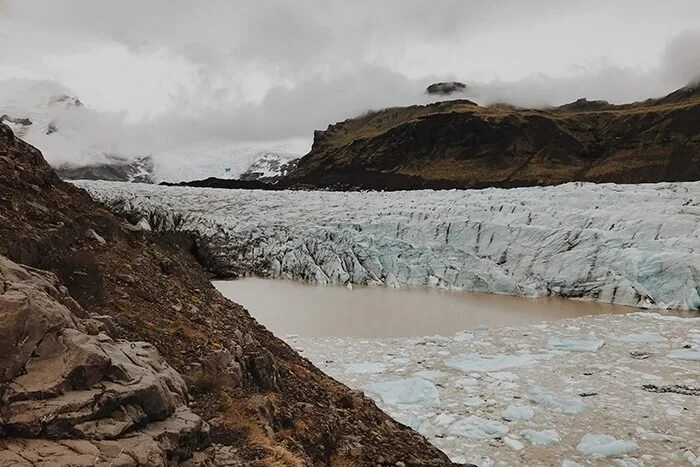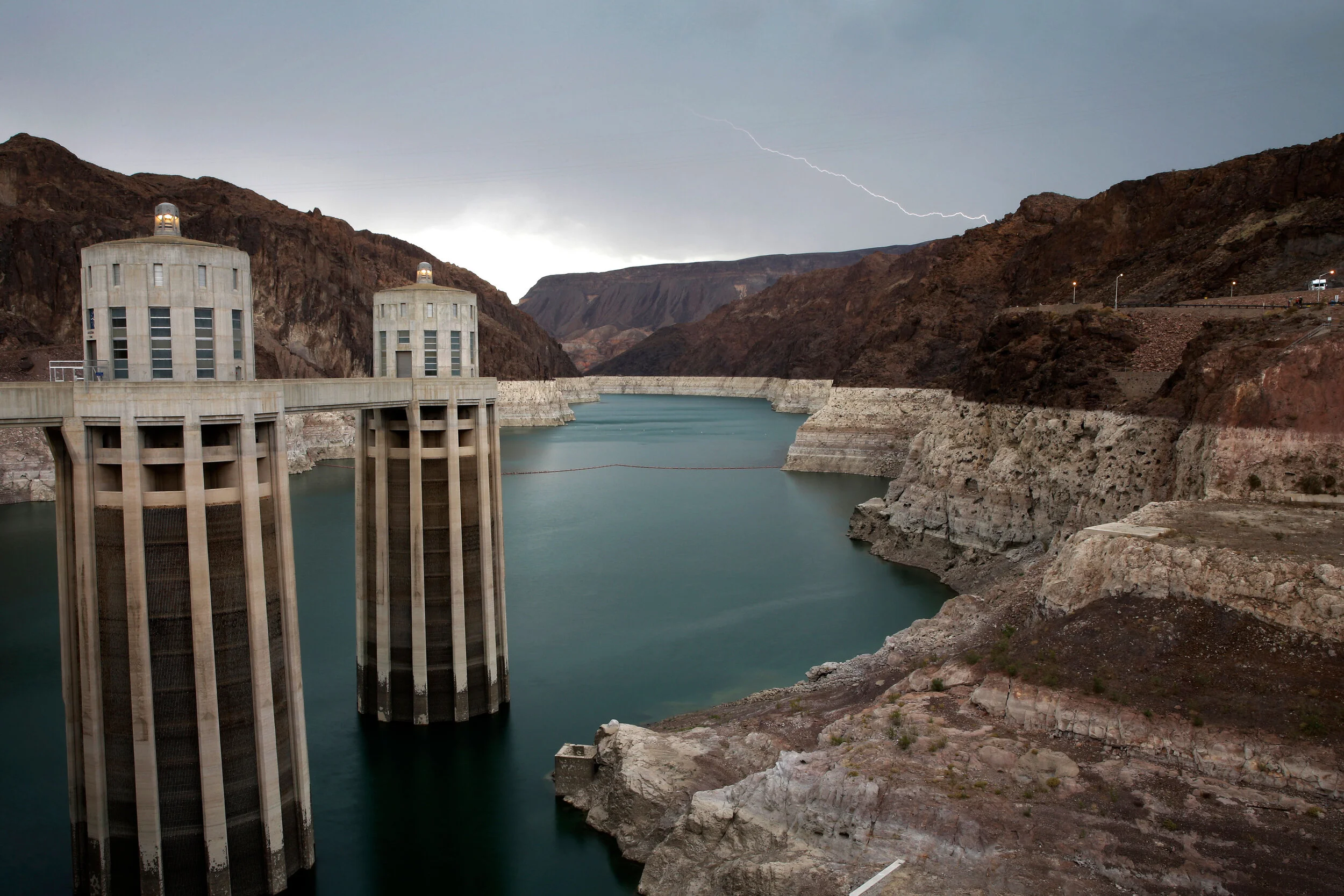Warming World
OPEC Estimates Emissions Max Out Then Decline, But Too Little Too Late
By Dan Lennon
According to the IPCC Working Group I report, Climate Change 2021: the Physical Science Basis, which was approved by 195 member governments of the IPCC and issued last month, scientists are observing changes in the Earth’s climate in every region and across the whole climate system.
Many of these changes observed in the climate are unprecedented in thousands, if not hundreds of thousands of years, and some that are already set in motion—such as continued sea level rise—are irreversible over hundreds to thousands of years.
However strong and sustained reductions in emissions of carbon dioxide (CO2) and other greenhouse gases would limit climate change. While benefits for air quality would come quickly, it could take 20-30 years to see global temperatures stabilize.
What are the chances of seeing strong and sustained reductions in emissions?
In 2019, global annual carbon dioxide emissions totaled 36.4 billion tons. Forecasts from various organizations project annual emissions to rise to between 40 and 50 billion tons per year by 2050, however OPEC estimates are likely the most reliable since they are in the business of selling oil. It forecasts that emissions will rise to 40 billion metric tons per year by 2032 and then fall back to the 2019 level of 36 billion tons by 2050.
The OPEC forecast is likely more realistic because the effects of global warming will probably reduce demand, but it still does not represent a strong and sustained reduction in emissions. Even with this more conservative estimate, cumulative carbon dioxide emissions will climb by 760 billion metric tons, and this translates to an increase in global carbon dioxide concentration of 50 ppm, which will bring us to 465 ppm. But perhaps the effects of global warming will have an even more profound effect on the demand for energy.
Even today’s level of carbon dioxide is higher than the Earth has seen in 3 million years, a time when the average global surface temperature was 2 to 3 degrees higher than today, and sea levels were 53 feet higher.






